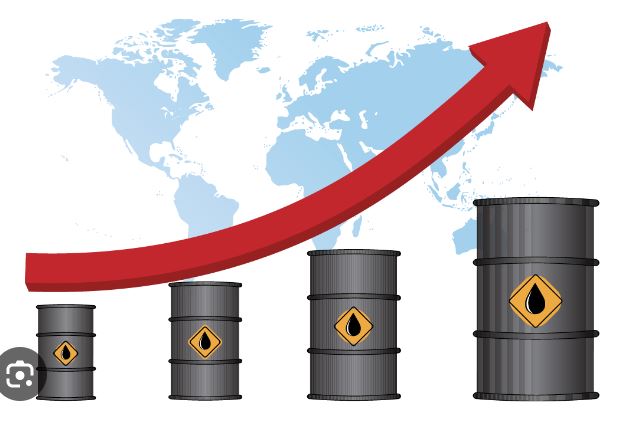In today’s highly dynamic and interconnected global economy, the price of oil, an essential resource, plays a significant role in shaping various sectors, from transportation to manufacturing. As a result, the release of inventory reports, which provide insights into oil supply and demand dynamics, can profoundly impact oil prices. This article aims to assess the influence of inventory reports on oil prices, examining the key factors involved and their implications for the energy market. To efficiently invest in Oil trading, you must use oilprofit.app/.
Understanding Inventory Reports
What are Inventory Reports?
Inventory reports are official publications issued by reputable organizations such as the U.S. Energy Information Administration (EIA) and the Organization of the Petroleum Exporting Countries (OPEC). These reports provide comprehensive data on oil reserves, production rates, import and export figures, and consumption patterns. They are crucial tools for tracking the global oil market’s ever-changing supply and demand conditions. By analyzing inventory reports, industry professionals, policymakers, and investors gain valuable insights into the current state of oil reserves, production levels, and market trends. This information allows them to make informed decisions and formulate strategies in response to the global oil market dynamics.
Key Components of Inventory Reports
- Crude Oil Inventories: Crude oil inventories represent the stockpile of unrefined petroleum held by governments, oil companies, and other stakeholders. These inventories serve as an essential indicator of the overall supply levels in the market.
- Product Inventories: Product inventories encompass refined petroleum products, including gasoline, diesel, jet fuel, and heating oil. Fluctuations in product inventories can signal changes in demand or disruptions in refining operations.
- Demand Indicators: Inventory reports also include demand indicators, such as petroleum consumption levels and import/export data. These indicators provide insights into the global appetite for oil and its derivatives.
The Impact of Inventory Reports on Oil Prices
Supply and Demand Dynamics
Inventory reports play a vital role in shaping market perceptions regarding oil supply and demand. When reports indicate a surplus in inventories, suggesting an oversupply in the market, prices tend to decline as sellers compete for buyers. Conversely, if reports reveal declining inventories, signaling a potential shortage, prices often rise due to increased demand and concerns over future supply.
Market Sentiment and Speculation
In addition to their primary role in shaping supply and demand dynamics, inventory reports also exert a considerable influence on market sentiment and speculative trading activities. Traders and investors diligently track these reports as they provide valuable insights into market trends, enabling them to make informed adjustments to their positions. Unexpected variations in inventory levels, whether positive or negative, can trigger substantial price fluctuations as market participants swiftly respond to the arrival of new information.
Geopolitical Factors
Geopolitical factors play a significant role in amplifying the influence of inventory reports on oil prices. When geopolitical tensions or conflicts arise in oil-producing regions, the impact of inventory reports becomes even more pronounced. Political instability, trade disputes, or disruptions in major oil-producing countries introduce uncertainties into the market. In these situations, inventory reports assume even greater importance as they serve as crucial tools for assessing the potential consequences on supply levels and overall market stability.
Market Volatility and Trading Opportunities
The publication of inventory reports frequently triggers short-term price volatility as market participants swiftly respond to the most recent data. Traders actively aim to profit from these price fluctuations by entering or exiting positions based on their interpretation of the report’s implications. The heightened volatility resulting from inventory reports presents trading opportunities for individuals who possess the capability to rapidly analyze and take action based on the information conveyed in these reports.
Conclusion
Inventory reports are indispensable resources for evaluating the supply and demand dynamics of the global oil market. These reports offer vital information on crude oil and product inventories, demand indicators, and geopolitical factors that exert influence on oil prices. By closely monitoring these reports, market participants gain valuable insights that enable them to make well-informed decisions regarding their oil-related investments and operations. Staying updated on the latest inventory reports and accurately interpreting their implications is crucial for industry professionals, investors, and policymakers. This knowledge empowers them to navigate the complex landscape of the energy market more effectively, seize trading opportunities, and make informed decisions that align with their objectives.
Write and Win: Participate in Creative writing Contest & International Essay Contest and win fabulous prizes.

















